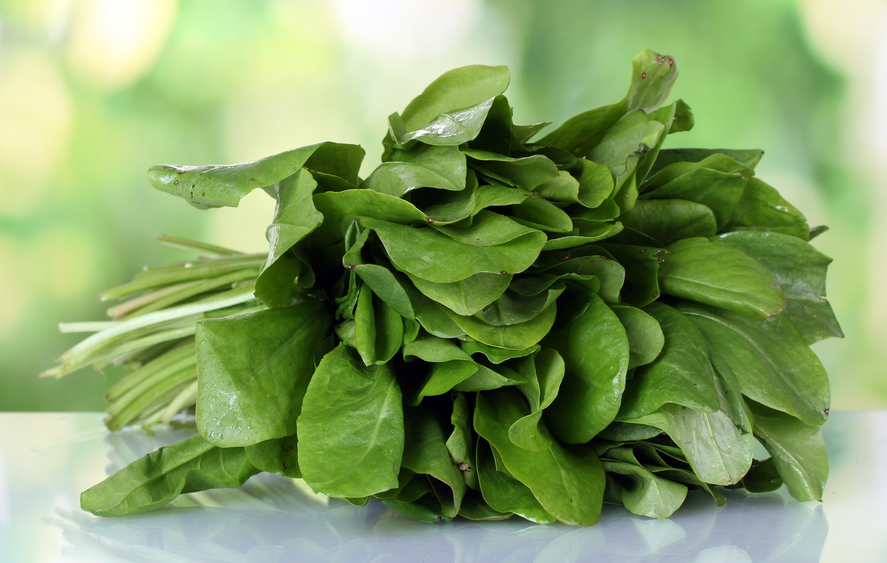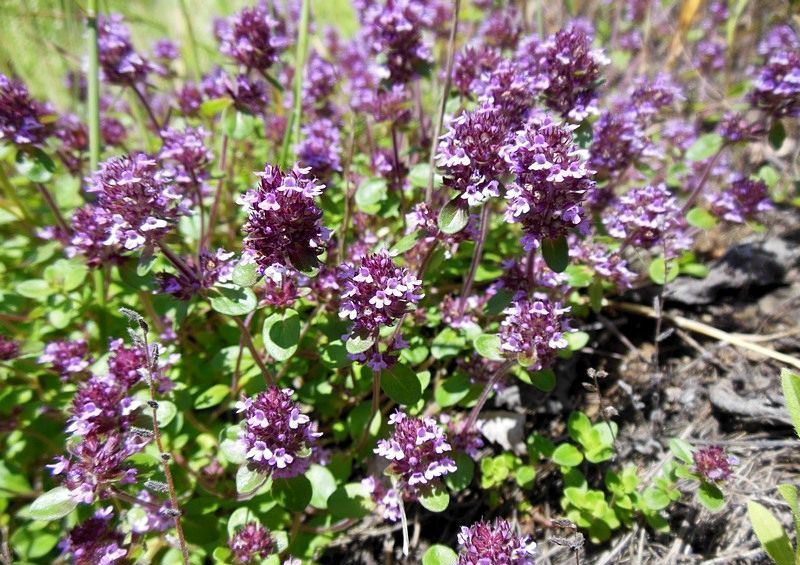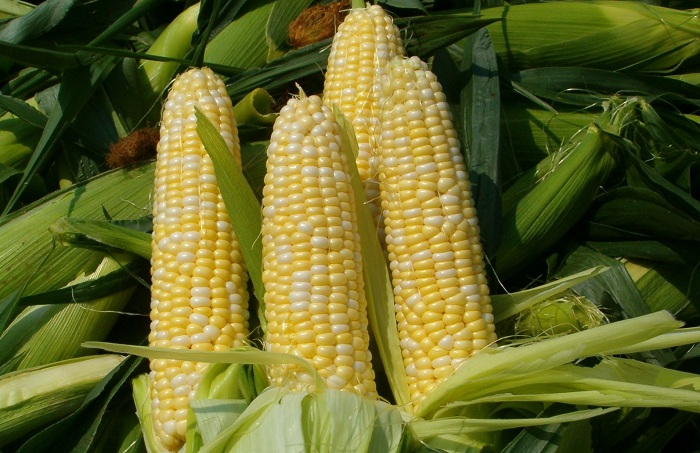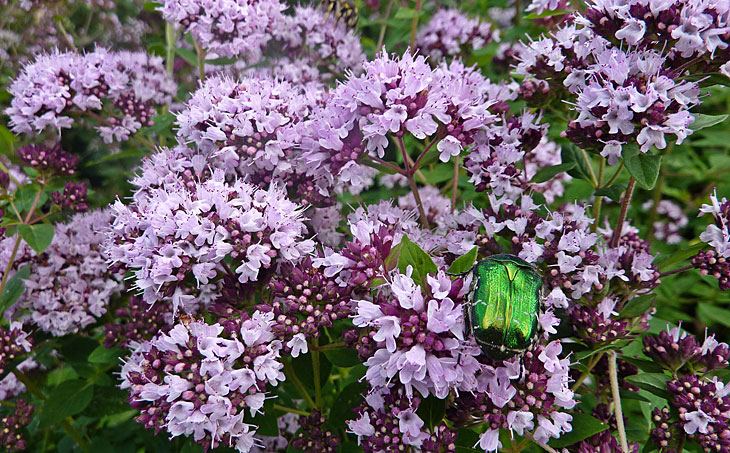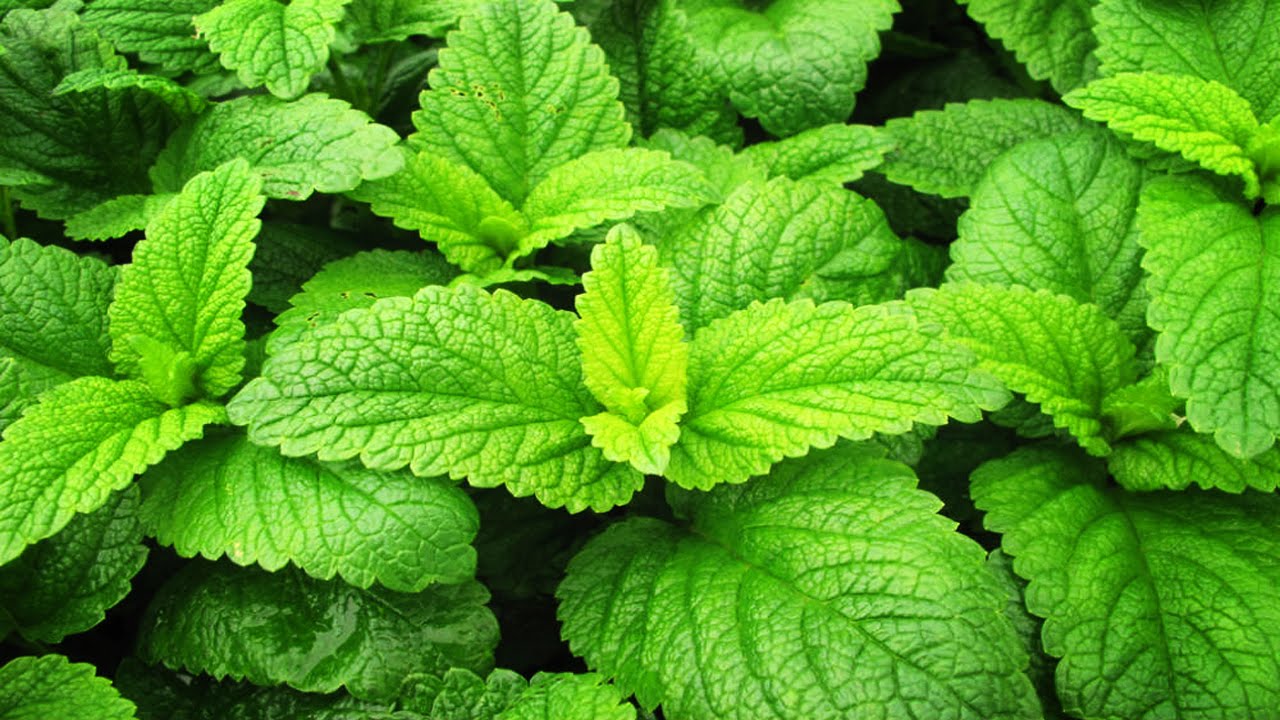Sorrel is an unpretentious cold-resistant plant that appears on the site one of the first at a temperature of + 3˚C… + 4˚C. It grows equally well both in the wild and in the garden. The cultivated plant has larger leaves. First of all, sorrel is valued for its rich vitamin composition: ascorbic acid, trace elements and proteins, flavonoids and vitamins. The distribution area of sorrel is very diverse. The plant is found on almost all continents and in all climatic zones. For beginners, sorrel is often recommended, planting and care in the open field for which is available to everyone.
The main varieties cultivated in Russia:
- Large-leaved - recommended for all regions. It has a mild taste. Refers to early maturing varieties. The first leaf cut can be made 1 month after germination. Does not degenerate for a long time, does not freeze;
- Broadleaf - ripening period - 1.5 months. Not resistant to arrow formation. The leaves are large: length - 16 cm, width - 7 cm;
- Sorrel Belleville - planting and care is very simple, thanks to the plant's ability to adapt. Not afraid of frost, rarely shoots arrows. Productivity - 7 kg / m2. It is used for making soups, salads and in canning.
The varieties are also very popular: Spinach, Malachite, Emerald Vitamin. Some gardeners grow ornamental sorrel varieties: Bloody Mary, Sanguine, Red veins, which, nevertheless, are suitable for food.
Sorrel doesn't like well-lit places. The optimal place for planting is a light openwork shade from trees and bushes. This crop is not capricious to the level of acidity and shows the same yield, both in neutral and in acidic soil. More attention should be paid to the composition of the soil, since sorrel grows best on loam. This is due to the fact that sorrel loves moist soil, while there should be no stagnant water. Sandy loam soils can also work if they are pre-fertilized with humus. The groundwater level must be at least 1 meter. Before planting sorrel, you need to carry out preparatory work. For sorrel, it is enough to choose a garden bed with an area of 1-2 m2. In autumn, the allocated place must be dug up, cleaned of weeds and roots, and then fertilized with manure (compost, humus) and ash in a 6: 1 ratio.
Before sowing sorrel in the spring, you need to feed the garden with nitrogen fertilizers, since it is nitrogen that affects the development of leaves and stems of plants. It is optimal to carry out this procedure 10-14 days before planting.
Agricultural machinery sowing by seeds
Sorrel is always sown directly in open ground; growing seedlings is not required, since the seeds feel comfortable at a temperature of +3 ˚C. Many gardeners are worried about when to sow sorrel in the open ground in spring. Can seeds be sown in summer and autumn? It all depends on the planned timing of harvesting the leaves. Most often, they choose to plant sorrel seeds in open ground in the spring, when the snow melts and a positive temperature is established. Spring sowing is also preferable because the soil is optimally moistened, this creates favorable conditions for plant development. In the southern regions and the Moscow region, sowing occurs in March. In Siberia, the Urals and the Northwest region, sorrel can be sown in April. In this case, the harvest will be in the autumn.When sown in the summer (third decade of June - first decade of July), the plant has time to gain strength and take deep roots, so it is left to winter. Autumn sowing should be done late enough (October - November) so that the planting material does not germinate before the onset of winter. Most often, this method is chosen on sandy soils. It is impossible to determine the exact dates for sowing sorrel, because, depending on the region, the weather conditions vary greatly. When choosing a landing date, it is best to be guided by the data of the lunar calendar.
Before planting sorrel seeds in the open field, you must first prepare them. To obtain maximum germination, the seeds are wrapped in a wet cloth for two days. You can add a growth activator (for example, Epin) or treat seeds against diseases and pests with a solution of potassium permanganate (1%). Sorrel will germinate without preliminary treatment, but the percentage of germination will be lower, the stems may be weaker, and the leaves will be smaller.
Before sowing sorrel, markings are made on the garden bed. Rows are outlined with a depth of 1 cm, row spacing - 15 cm. If you plant the seeds very deeply, then there is a possibility that they will not be able to break through the layers of the earth. Seeds are laid out one by one at a distance of 4 cm from each other. It is permissible to place seeds more densely, while thinning should be done after the emergence of seedlings. The decomposed seeds are covered with earth and mulched with peat. If you cover the bed with polyethylene, then the seeds will begin to sprout from the created greenhouse effect after 7 days. During this period, the film must not be opened. Without shelter, the seeds germinate for at least 15 days. When the seedlings form 2 true leaves, they must be thinned out. Adult plants need a distance of at least 10 cm. In order not to repeat thinning, you can immediately form such gaps between the shoots.
Culture care
Proper care of any plant is the key to a healthy and abundant harvest, as well as longevity.
The main stages of growing sorrel:
- Regular loosening and weeding. Weed grass greatly slows down the growth of sorrel. Ideally, these two procedures should be done on an ongoing basis. This can be quite time consuming. Mulching with peat after watering can reduce weeding as it is difficult for weeds to break through the mulch layer. In the spring, it is imperative to loosen the aisles weekly, since in soft soil the roots receive more nutrition and air, from this the green part of the plant develops better;
- Watering. Sorrel is a very moisture-loving plant. The frequency and amount of irrigation depends on how much precipitation falls in the region. When the air temperature is close to + 30˚C, the plant stops developing and shoots an arrow. After that, the leaves lose their taste and become rough. In this regard, it is necessary to constantly monitor the state of the land. During dry periods, sorrel should be watered with abundant water. In this case, it is necessary to observe the measure so as not to flood the plant, since stagnant water is detrimental to the root system. At the end of the season, the need for watering disappears, the plant has enough moisture after natural precipitation;
- Top dressing. Sorrel responds well to all types of fertilizers. It is important to know that you need to fertilize the plant based on the weather conditions. For a dry period, it is better to use liquid forms or a solution; in a rainy period, dry mixtures (powders, granules) are more suitable. Nitrogen components allow the plant to grow leaves, potassium and phosphoric ones - fill them with taste and useful substances. Organic fertilizers have a strengthening effect. Top dressing can be alternated. Consumption rates are calculated according to the instructions in the package. Organic fertilizers are applied most often in spring or autumn, the application rate is 6 kg / m2. Mineral dressing can be applied after each cut;
- Mulching. Basically, this procedure is aimed at protecting the plant from weeds and additional feeding. In this case, the mulching layer can act as a protective barrier against frost. Peat, dry foliage, or humus are the best mulches. It is not necessary to lay mulch under the very trunk, as it will interfere with the free development of sorrel. A mulching layer 1-2 cm thick is laid out in the aisles. This method allows you to give additional nutrition to the plant and protects against adverse factors (weeds, abnormal temperature drop, pests).
- Growing nuances:
- If sorrel is planted in an illuminated area, it should be shaded from the sun at least during the hottest midday hours. To do this, you can create a canopy;
- With a lack of moisture, the sorrel releases a peduncle, from which the leaves become unsuitable for collection. In this case, it is important not to miss the moment and remove the arrow in time, then the crop will not lose its taste and softness;
- In one bed, sorrel grows well for 4 years. The maximum period is 5-6 years (depending on the quality of care). After this period, you need to transplant the sorrel to another place or sow a new one.
- Diseases and pests. If agrotechnical methods are observed, sorrel is not attacked by insects and pests. However, a violation of the irrigation regime, the absence of a mulching layer, and neglect of weeding can provoke the appearance of the sorrel beetle. The first sign of the presence of this parasite is the appearance of holes in the sheets, discoloration or complete drying out. As measures to combat this parasite, folk methods are excellent: spraying the leaves with garlic or soapy water, sprinkling with ash and tobacco ash. It is best to carry out such treatments in spring and autumn, since processing during the growing season impairs the taste of the leaves. In rare cases, the sorrel is attacked by the sawfly and the winter moth. Soaking the branches of Solanaceae (tomato, potato) with subsequent processing with the resulting infusion helps well against them. When aphids appear, sorrel should be sprayed with onion peel infusion. If folk remedies cannot destroy pests, you can use chemicals (Fitoverm, Anabazin sulfate). Sorrel is practically not susceptible to fungal diseases, but sometimes it can be affected by rust and downy mildew. In this case, it is necessary to carry out a chemical treatment with Fitosporin. You cannot eat such leaves;
- Harvest. Full maturation takes 60 days. If you plant sorrel in the spring, then in June you can completely remove the leaves. For summer and autumn planting, harvesting begins after the snow has completely melted. The collection is carried out in the morning, when the leaves are as juicy as possible. It is better to use a sharp knife for cleaning. The cut is carried out every 15-20 days. First of all, you need to cut off the largest side leaves. Young tender leaves, located closer to the core, are best left. They may still grow. In the autumn, you need to track the forecast of the upcoming frost. 4 weeks before the expected date, you need to leave the plant without pruning. During this period, the sorrel needs to rest and gain strength before the coming winter;
- Seed preparation. You can prepare seed material yourself. To do this, during the season, you need to identify several bushes for reproduction. These plants cannot be pruned. In June, they will bloom with light pink inflorescences. After a month, the seeds will begin to ripen and turn brown. Ripe inflorescences need to be cut and connected into small bunches. For 1.5 weeks, seeds should ripen in a dry, ventilated area. When the bundles are completely dry, they need to be rubbed in the palms of your hands, removing debris. The resulting seeds should be placed in paper bags (or simply wrapped in a blank sheet of paper). Store seeds in a dark, dry place. The shelf life is 4 years, therefore, it is recommended to mark the year of harvesting on the packaging;
- Leaving in the fall. At the end of the season, old leaves must be removed.To help the plant gain strength, you can fertilize with a solution of mullein and water in a 1: 7 ratio or add compost (6 kg / m2).
What can you plant after sorrel
Sorrel – very friendly plant and tolerates well with most crops:
- Tomatoes and potatoes;
- Cucumbers and zucchini;
- Beans and peas;
- All varieties of cabbage;
- Carrot.
Sorrel grows very well in the second wave in the garden, after harvesting early vegetables: radishes, onions, winter garlic and lettuce.
Usually sorrel is used in fresh food for the preparation of salads and vitamin cabbage soup. However, this herb is also suitable for canning. Sorrel is rolled up in small jars for the winter to add to soups. Also, fresh sorrel leaves can be stored in the freezer and vacuum packed.
For all newcomers to the gardening business, it is recommended to try growing sorrel, since caring for it will not be difficult. Compliance with the regime of watering, loosening and top dressing will provide a juicy vitamin harvest.

